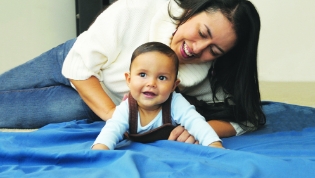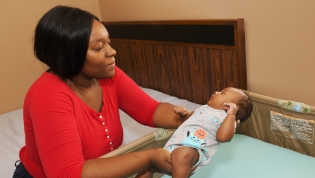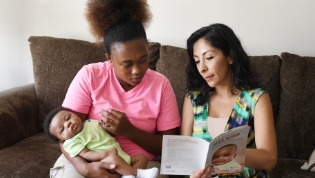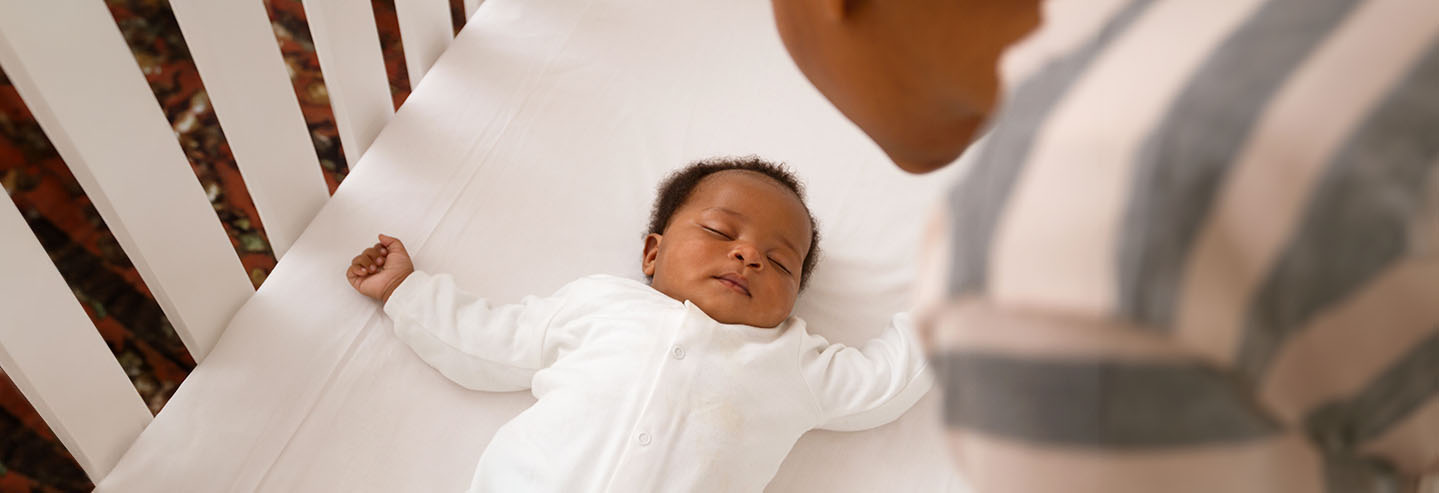
Learn about the benefits of tummy time, placing baby on their stomach while they are awake and you or someone else is watching them.

Review these evidence-based ways to help reduce the risk of Sudden Infant Death Syndrome (SIDS) and other sleep-related infant deaths.

The Safe to Sleep® campaign has information and materials for many audiences, including parents, grandparents, and healthcare providers. Get free materials for outreach and sharing.
Safely Keeping Baby Warm: A Q&A on Bedding, Clothing, & Sleep-Related Death
This Safe to Sleep® video describes evidence behind the 2022 American Academy of Pediatrics’ recommendations to reduce the risk of sleep-related infant death.
Audio Description



